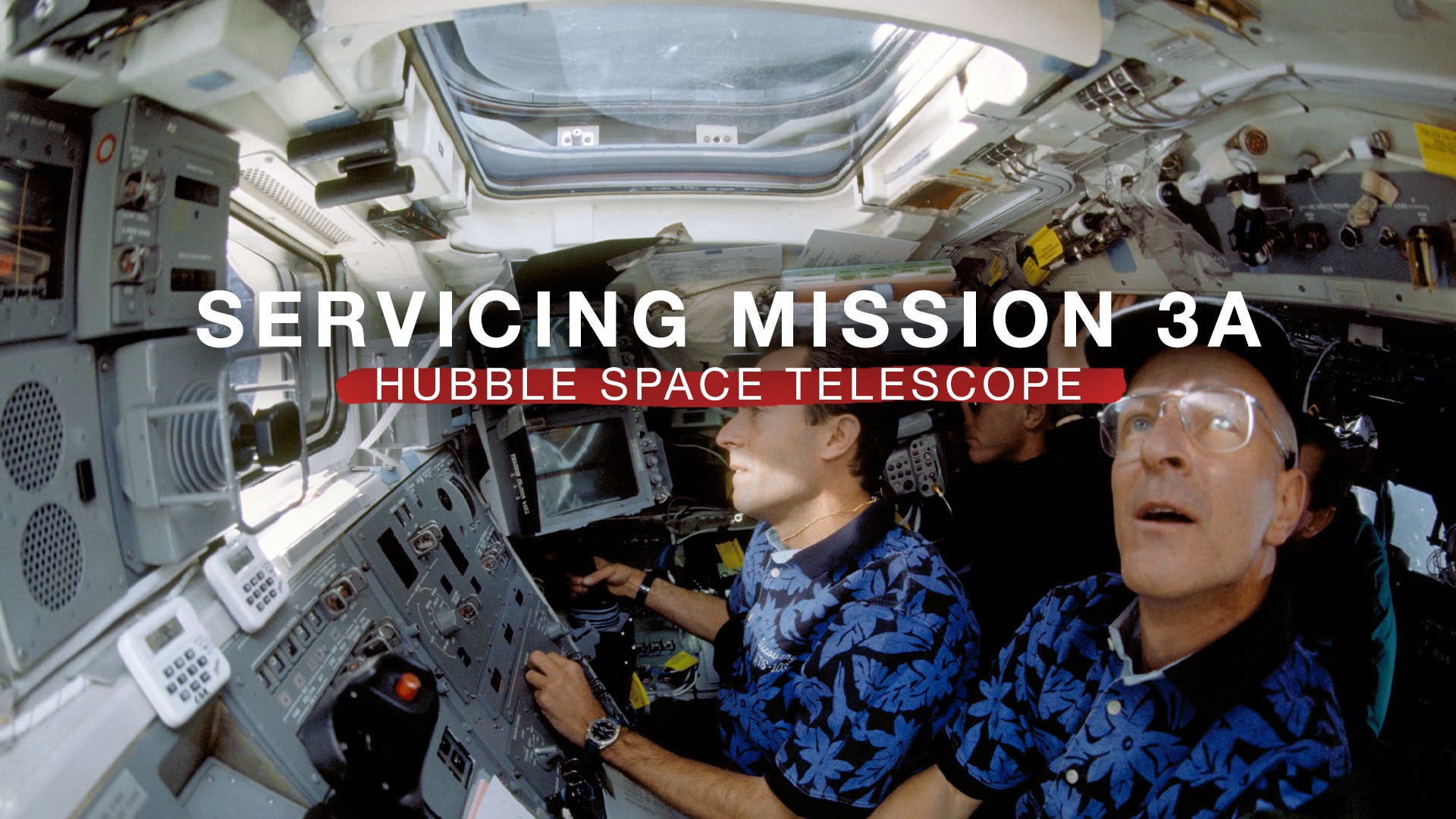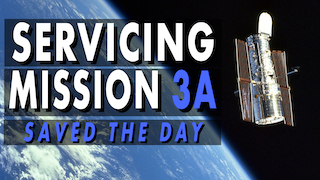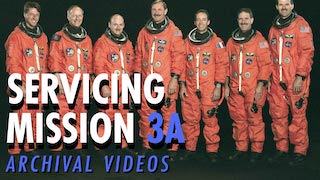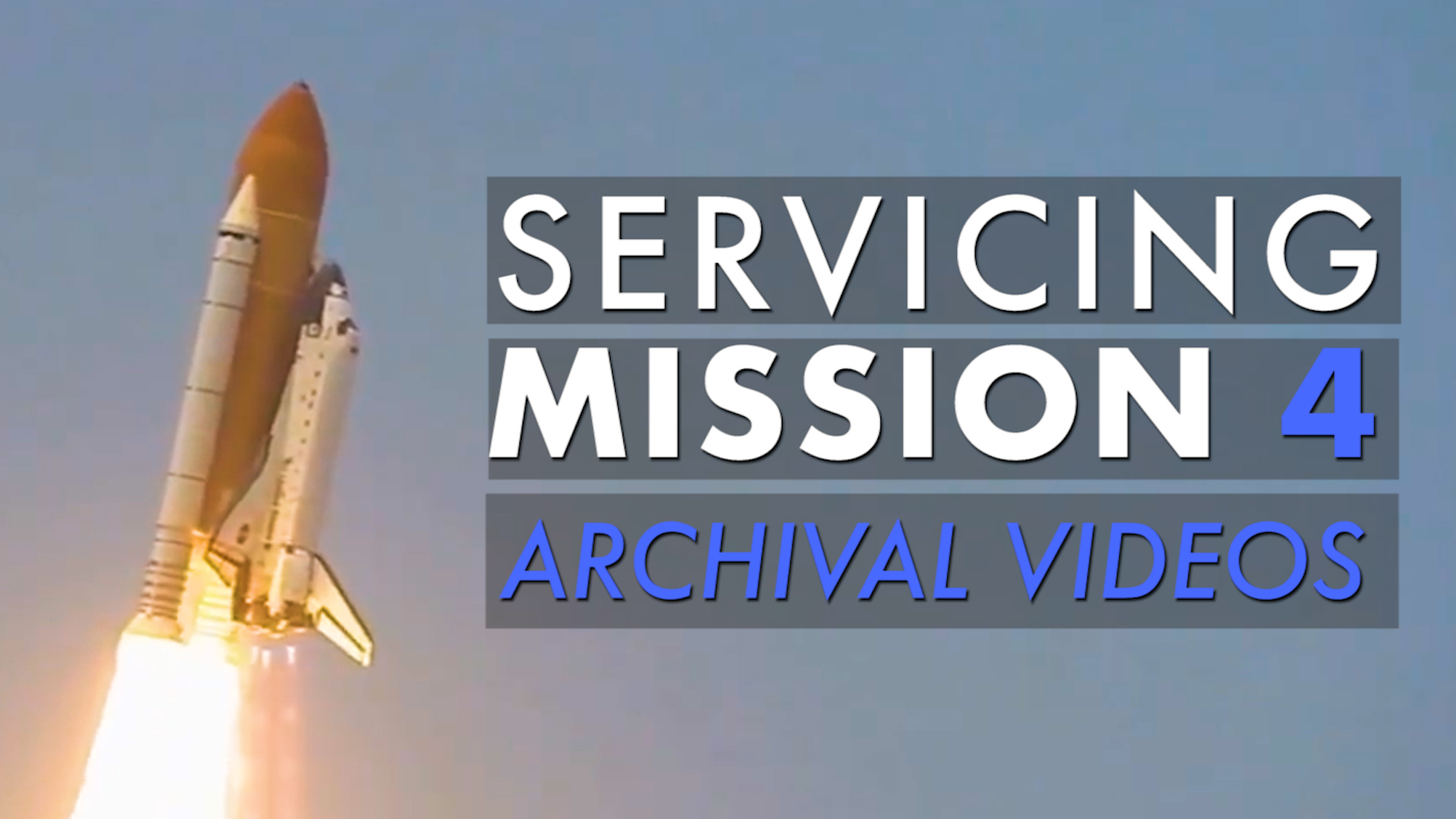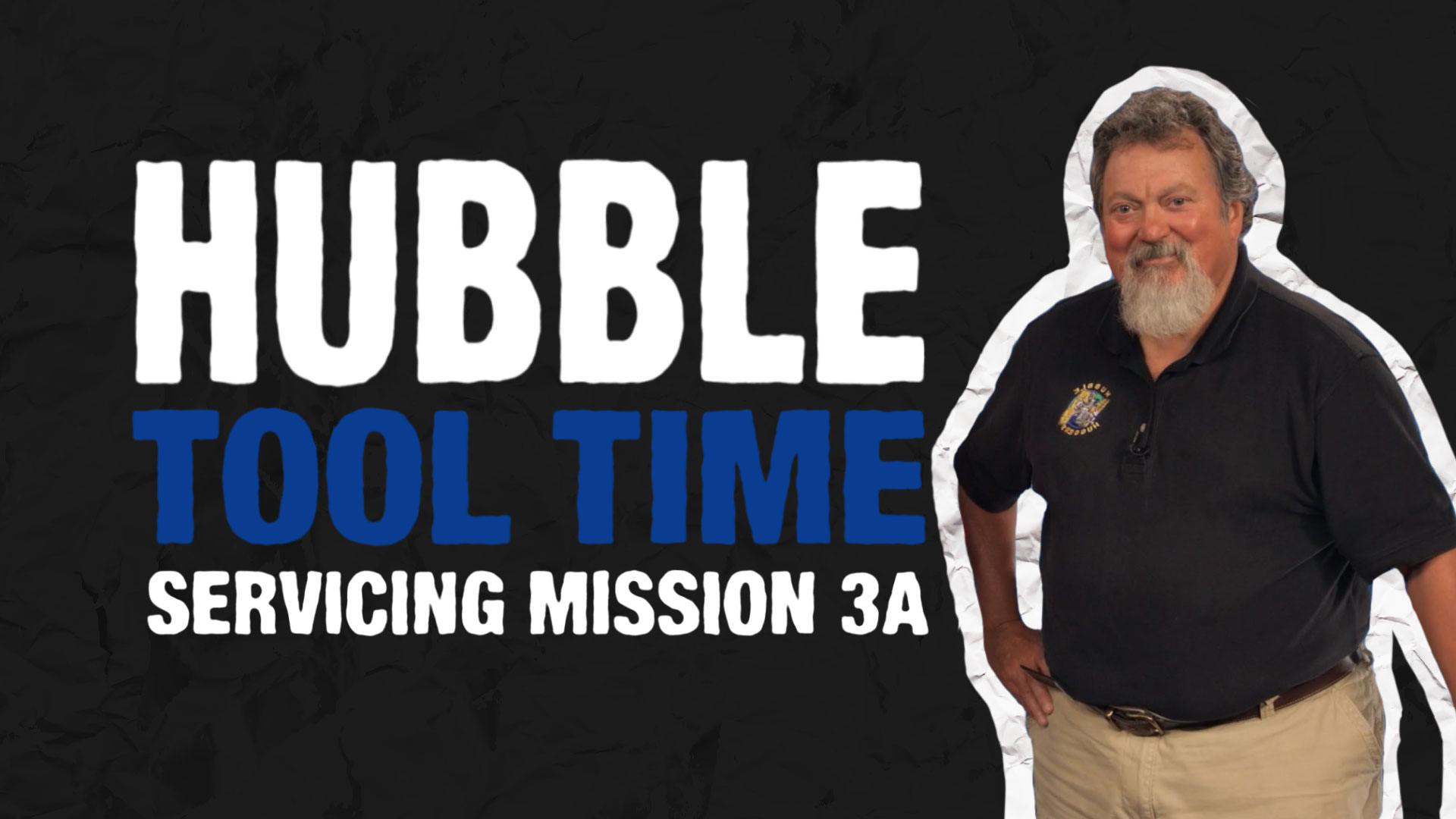Hubble Servicing Mission 3A Archive Teaser
After Hubble’s important gyroscopes began to fail, a Hubble emergency was declared and Servicing Mission 3 was quickly split into two separate launches. So on December 19, 1999, the brave crew of Space Shuttle Discovery lifted off to switch out the broken gyros and get Hubble working again.
To celebrate that important moment in history, NASA has gathered the footage of Servicing Mission 3A for posterity's sake, and archived hours of footage for all to use.
For more information, visit nasa.gov/hubble.
Credit: NASA’s Goddard Space Flight Center / Paul Morris
Music Credits: “Oceanic” by Bob Mitchell [PRS], James Patrick, Kaleth [PRS], and Jez Pike [PRS] via Universal Production Music
Servicing Mission 4 Archive Teaser
This horizontal version of the video is for use on the Hubble social media pages. Instagram, YouTube, and Facebook.
Square version
This is a square 1:1 version of the video.
Credits
Please give credit for this item to:
NASA's Goddard Space Flight Center
-
Producer
- Paul R. Morris (USRA)
-
Technical support
- Aaron E. Lepsch (ADNET Systems, Inc.)
Release date
This page was originally published on Friday, December 20, 2019.
This page was last updated on Wednesday, May 3, 2023 at 1:45 PM EDT.
